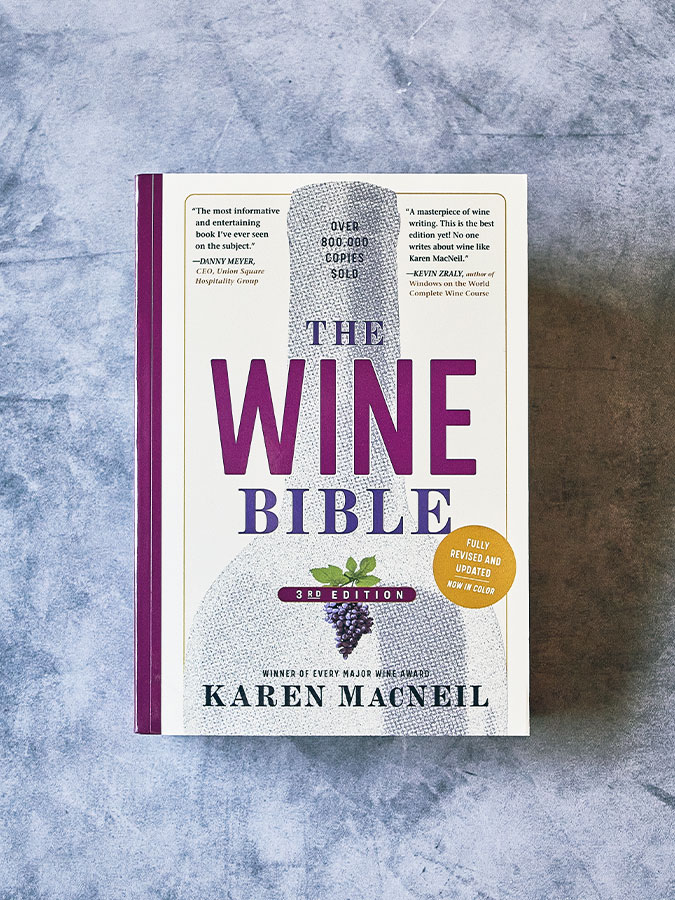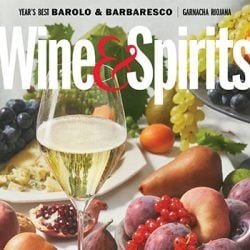

The third edition of Karen MacNeil’s The Wine Bible is as informative, captivating, and relevant as it was on first release in 2001. The most noteworthy improvement is the inclusion of over 400 color photographs, which replace the black and white images of prior publications. There are also new chapters covering Croatia, Great Britain and Israel, along with an expanded grape glossary and dictionary of wine terms. In many ways, the content is timeless, peppered with historical references and anecdotes. Still, there are a few points at which the content has an outdated tone, as when MacNeil describes grapes or wines as “wild girl,” “Marilyn Monroe,” or “a small-built woman wearing tons of makeup and a huge fur coat.”
Generally, the book targets wine enthusiasts interested in deepening their knowledge, and professionals in the early stage of their career. It can be opened to any section as a starting point or could be read from page one. While every major and many minor wine region is included with broad coverage, the subject matter and level of detail vary by section. This may be the right depth for some wine lovers and will be just a starting point for others interested in further research and reading. You won’t find coverage on grapevine diseases, winemaking additives, or the attributes of various rootstocks. But you will find a detailed section on the distinctive styles of Sherry, or an interesting comparison of vineyard ownership in Bordeaux and Burgundy, and wine descriptions that are visceral even when flavors are not mentioned, such as this one on red and white Burgundy: “The best wines are elegant, highly nuanced, and often rather ethereal. Their flavors are neither extroverted nor obvious.” Or this on German riesling: “… it tastes like frozen sunlight.”
The book’s strengths are in MacNeil’s detailed descriptions of places and wines, her accounts of the people and events that have shaped today’s wine industry, and the breadth of practical information. The pages do not contain abundant visual information in the form of infographics or detailed maps; the value is found in the text itself. For example, if you’d like to know which AVAs can be found within the Napa Valley, you must read through two pages of text rather than find a simple list. At the same time, you’ll also learn about where the most important AVAs are positioned within the valley and why they produce better wine.
For the wine professional, this book contains foundational information from which to build a lifetime of learning. For those who simply love wine, The Wine Bible provides a sense of connection with the people, places and history beyond the liquid in the glass.
Karen MacNeil’s The Wine Bible (Workman Publishing, 2022, $40)
This story appears in the print issue of Winter 2022.
Like what you read? Subscribe today.
















